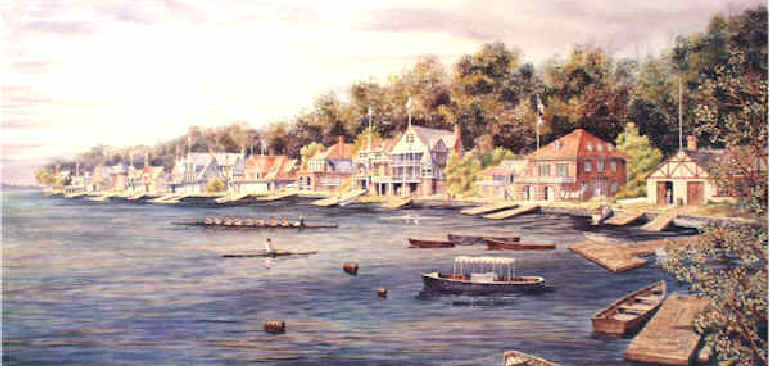An Artist in Treason: The Extraordinary Double Life of General James Wilkinson
Tags: aaron burr, clark, conspiracy, early US army, general, Jefferson, kentucky, lewis, louisiana, Madison, mississippi, revolutionary war, spain, spanish, texas, traitor, Washington
- Started reading:
- Not yet started.
- Finished reading:
- Not yet finished.
Review
Rating: 7
n his bibliography introduction, the author states that “There has never been a shortage of material on James Wilkinson.” “The only problem is to make sense of the information, which is rarely biased toward the truth.” While I don’t doubt the accuracy of the first statement; for this reader,James Wilkinson didn’t appear on my list of revolutionary era notables until encountering this excellent volume. Regarding the rare bias towards the truth, though I am not a historian, the author’s careful construction of events and details supports a conclusion of careful scholarship throughout the narrative.
In addition to Wilkinson’s role in America’s early history, much of the early history of our western borders is little known and has taken second place to the original 13 colonies and a focus on the eastern seaboard. Until Jefferson’s purchase of Louisiana from France, the western border is often dismissed as untamed territory, when in reality western politics influenced presidential politics and events half a continent to the east.
The chapters discussing the early establishment of Wilkinson’s service to the Spanish are very interesting. The history of the Kentucky secession movement is a little known episode in American history and clearly illustrates how fragile a union existed in the early years of our independence. Wilkinson’s involvement in Aaron Burr’s conspiracy provides concrete evidence as to how fragile a union existed 1806.
Many of Wilkinson’s exploits read like the modern spy stories of Aldrich Ames, the Walker family or the FBI’s Robert Hanssen. The common characteristic of each was a compelling need for money to live beyond their means. For Wilkinson “the grandiose living was habitual in the society into which he was born on March 24, 1757.” Yet by his own admission in his memoir, “I am not by education, habit or disposition, fitted for dealer or trader.”
The author does an excellent job portraying the complex nature of Wilkinson; at his best as a military leader and strategist and at his worst as when driven by a need for social status and wealth. Wilkinson is fundamentally loyal to the emerging United States but was constantly driven to play both sides with the Spanish control of the Mississippi river valley following the Revolutionary War.
Wilkinson’s career is also be seen in the context of two struggles engaging our new nation. First is the longstanding debate over the threats of a professional army in a democracy (vs a citizen militia). The often prevailing attitude of the day was expressed in 1784 when Congress declared “Standing armies in time of peace are inconsistent with the principles of republican government, dangerous to the liberties of a free people, and generally converted into destructive engines for establishing despotism.” And second, the vagaries of European (British, Spanish and French) threats to America’s northern and western borders. Thus, the author provides intriguing discussions weaving events of various European entanglements directly to events in the Mississippi River valley.
The book is a handsome volume with excellent production quality and typesetting. The index is adequate, though as is typical of modern volumes, not overly generous.
The bibliographic references and notes are collected at the end of the volume. The author chose not to annotate specific text references making far less distracting reading. The author also provides web site references for sources available on-line; a nice touch for readers interested in a little personal research.



